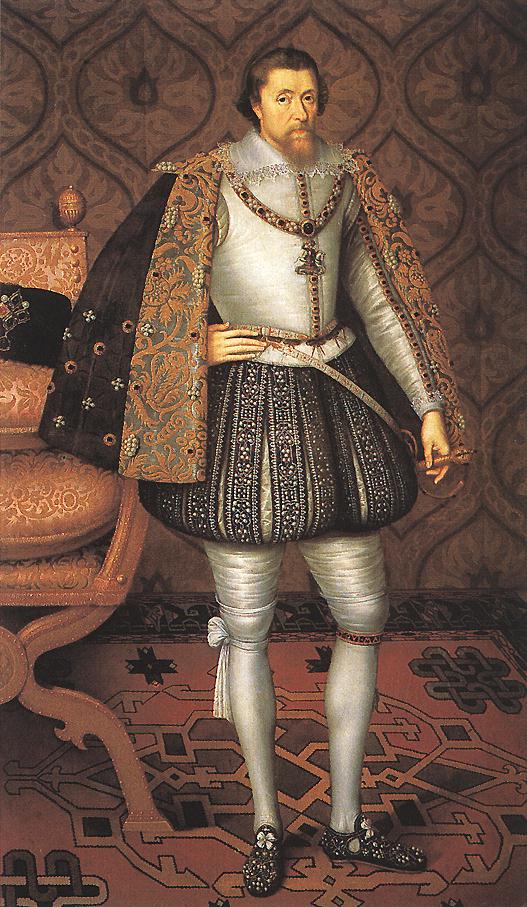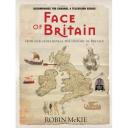Thomas Jefferson, 3rd President of the United States, has been at the center of a DNA controversy for over 200 years.In September 1802 journalist James T. Callender wrote in Richmond Reporter that Jefferson had for many years “kept, as his concubine, one of his slaves.Her name is Sally [Hemmings].The name of her eldest son is Tom.His features are said to bear a striking though sable resemblance to those of the president himself.â€Although these rumors had reportedly already been passed around quietly, this article spread the rumor far and wide, setting off many years of debate.
In 1998 analysis of a male descendant of Jefferson’s paternal uncle showed that Jefferson’ Y chromosome belonged to haplogroup K2 (Thomas Jefferson did not have any male descendants to provide DNA.For more information, see: “Jefferson fathered slave’s last child.” 1998. Nature 396 (6706): 27–28. PMID 9817200).Haplogroup K2 is rather rare, constituting just 1% of worldwide Y chromosomes (See “Thomas Jefferson’s Y chromosome belongs to a rare European lineage.†Am J Phys Anthropol 132(4): 584-9.PMID 17274013 ).Surprisingly, or perhaps not-so-surprisingly depending on which side of the debate you stood, a male descendant of Sally named Easton Hemmings possessed the same K2 chromosome, suggesting a genetic link between Jefferson and Easton.Keep in mind, however, that this is not determinative since it is possible that any of Jefferson’s male relatives (who possessed the same Y chromosome) could have fathered Easton.And keeping in mind that non-paternal events are ALWAYS a possibility, nothing is 100% certain.Not until we can time-travel and obtain DNA samples from the source! ... Click to read more!

